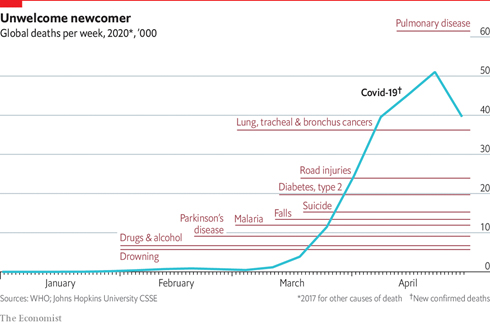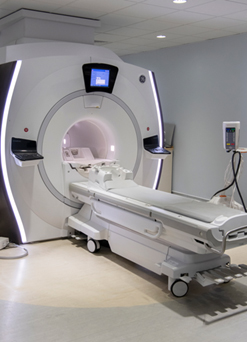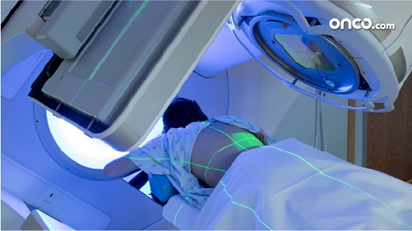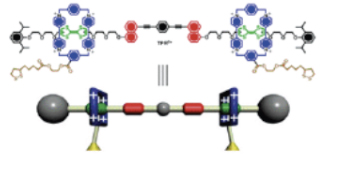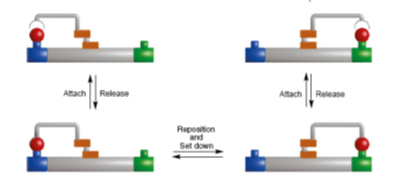Human history has survived many moments of crisis and natural calamity. Pandemics are one such natural calamity and they are not new in the history of mankind. Many a times they are referred in many works of literature and sometimes they have given birth to several well-known works of literature. Currently when we all are quarantined online tools have become our best friends in terms of connectivity, as they connect us virtually to each other. But at the same time there is also the aspect of online fatigue which cannot be ignored at all. At this juncture books become our friends.
There are many books which referred and in some cases came into existence as a result of a pandemic. A very early record of such a Pandemic could be found in The History of the Peloponnesian War by Thucydides (c. 460-400BC), where he refers to the typhoid fever that took over the Athenian army during the war making them weak.
Apart from typhoid fever, measles and smallpox, plague occupies a very prominent place in the history of pandemics around the world. There are references of Antonine Plague (165-180 A.D), that came to the Italian peninsula with the soldiers. In Rome an outbreak of Cyprian Plague (251-266 A.D.) was recorded. Bubonic Plague or the Justinian Plague (541-750A.D.) started in Egypt and reached Constantinople killing a huge number of people. A Byzantine chronicler, Procopius has recorded this pandemic and has talked about the massive number of lives it claimed.
It is the 14th century plague pandemic in Europe which has given this disease such a prominence not only in the history of pandemics but also in the history of literature. Many scholars believe that the disease originated among the sailors and was spread by them all over the continent.
There are many paintings depicting the impact of the disease in various parts of Europe. Giovanni Boccaccio’s Decameron is a famous work of literature that has captured the experience of the disaster caused by the disease in the form of stories. Another more recent reference could be Albert Camus’ The Plague, where he describes the pandemic as something which “rules out any future, cancels journeys, silences the exchange of views”. The author mocked at the fact that people actually “fancied themselves free…”, but the fact is “no one will be free as long as there are pestilences”. Thus using the pandemic of plague as a symbol Camus made apolitical statements on the relation of the oppressor and the oppressed.
There are also many other books like A Journal of the Plague Year (1664) by Daniel Defoe, The Last Man (1826) and The Scarlet Plague (1912) both by Mary Shelley where we get the references of Plague. Among Indian writers the celebrated Malayalam author and the Sahitya Akademi Awardee, U.R. Ananthamurthy’s Samskara contains references of plague as a pandemic, where the disease was a symbol of the stagnant orthodox values.
The outbreak of influenza or the Spanish Flu in the year 1918 was also mentioned in many works of literature. In the novel entitled Twilight in Delhi by Ahmed Ali, the author says, “Delhi became a city of the dead…”. On the other hand some writers like the well known Hindi poet Surya Kant Tripathi ‘Nirala’ lost his loved ones during the pandemic. Nobel laureate Rabindranath Tagore in his Bengali poem Puratan Bhritya has referred to the outbreak of smallpox. The outbreak of smallpox is also referred in the works of Malayalam writers like Thakazhi Sivasankara Pillai’s Thottiyude Makan and Kakkanadan’s Vasoori, highlighting the story of the human emotions and the moments of crisis.
Just like the pandemic of Plague, Cholera also occupies a very prominent place as long as pandemic in literature is concerned. In the works of Munshi Premchand like Eidgah, Doodh ka Dam, Rebati and many more we get the reference of cholera. In all these mentioned works there are references where people are dying of cholera and how the disease had an impact in the social life of the common people. The prominent Odia writer Fakir Mohan Senapati has also talked about deaths caused due to cholera and the dislocation of the families that took place due to the pandemic. Similar references of cholera could be found in the novel entitled Love in the Time of Cholera by the Nobel laureate Gabriel Garcia Marquez. All these books talk about the impact of a pandemic in the society and social relationships.
It is believed that with the European sailors many infectious diseases spread and killed massive number of people in various continents. For instance it is believed that it was the European colonizers which brought infectious diseases like plague and so on in Canada killing a huge number of indigenous populations and reducing the human resources of many communities to a large extent. We do not really know how far these stories are true, as it is a historical trend to hold a particular nation or community responsible for the cause of a pandemic.
For instance Roman Emperor Marcus Aurellius blamed the Christians for the outbreak of smallpox in his empire. Similarly during the consecutive outbreaks of plague in Europe brought accusations against the Jews of poisoning the wells. Also during 1980s KGB held the United States of America responsible for the outbreak of AIDS around the world.
The story of blaming each other using pandemic as a medium is thus very old. It seems to be an old trick to claim the top seat of the power hierarchy. But on a positive note, pandemics gave birth to the works of literature that captured the moments of human emotions at the time of a mass crisis. These works of literature help us to find a sense of life when we lead a quarantined life. We have got literature that made powerful statements against the illegal impositions by the authority on the common mass using pandemic as a symbol of protest. These books attach us back to people and life when we actually get detached from each other. Life and human co-existance appears to be precious in true sense in these works of literature.


